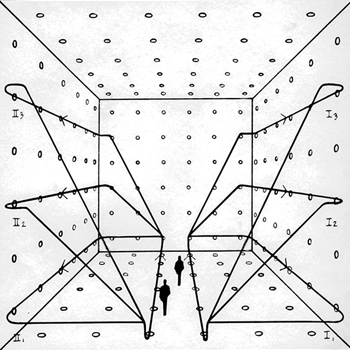To differentiate, let #E=qxrho^(-3/2), "where " rho = a^2+x^2 #
By the product rule:
#E' = q (rho^(-3/2) + x (-3/2 rho^(-5/2) rho'))# and #rho' = 2x#
#= q rho^(-3/2) (1 - 3 x^2 /rho )#
As # rho^(-3/2) ne 0# we look at the other solution:
#E' = 0 implies 3x^2 = a^2+x^2 implies x = pm a/sqrt2#
We can reality check this. The field at the dead centre will be zero due to symmetry. For small #x#, the relationship is linear: #E approx q/a^3 x#
And the field at a distance will be the usual inverse square, as the disc tends to a point source and the field falls away.
The sign on #E# indicates a force acting away from the origin on a positive test charge, so in terms of magnitude (#absE#), it also follows that these critical points are maxima, ie no need to compute the second derivative.
![enter image source here]()

